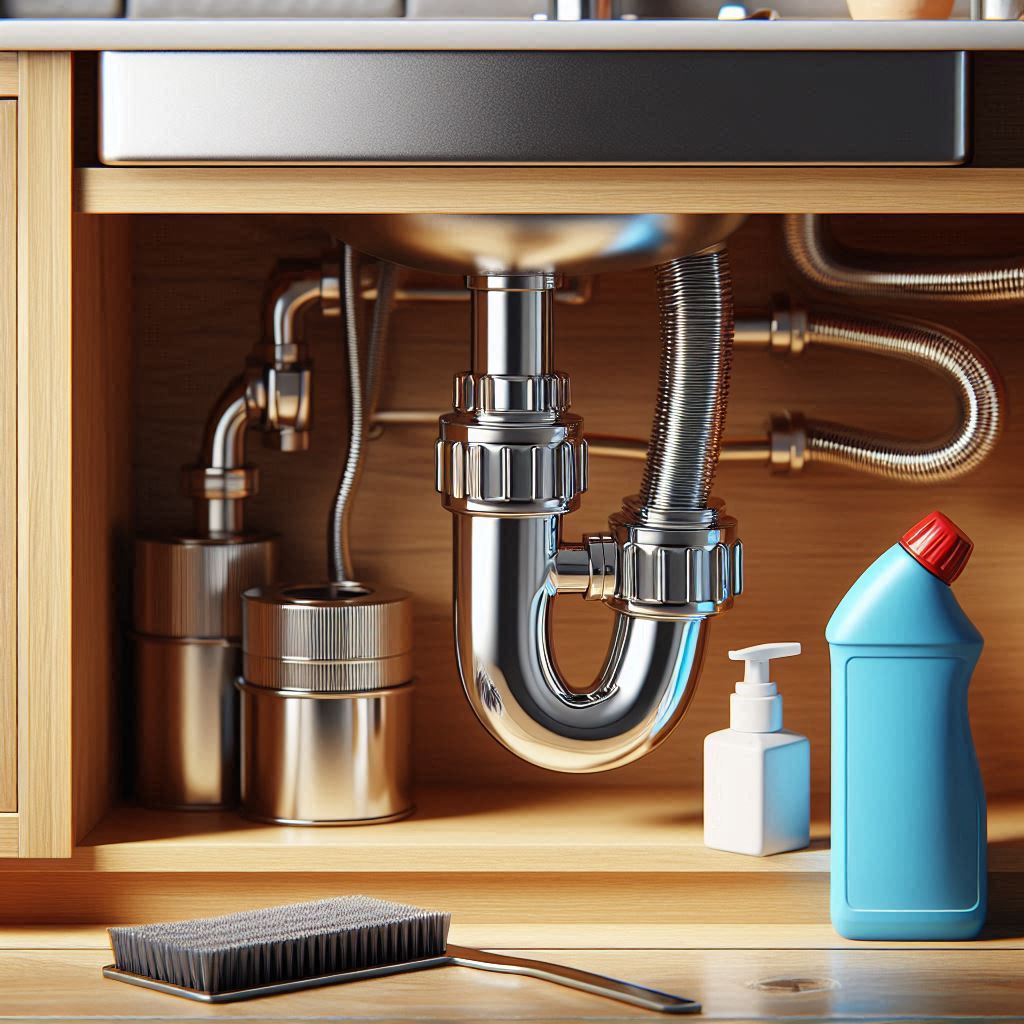When most people think of plumbing, they picture pipes, drains, or maybe even a leaky faucet. But tucked quietly under your sinks and behind your fixtures is one of the most crucial components in your plumbing system: the P-trap. This humble, curved pipe plays a vital role in keeping your home safe, sanitary, and smelling fresh.
So what exactly does a P-trap do—and how do you keep it working properly? Let’s dive in.
What Is a P-Trap?
A P-trap is a curved section of drainpipe that you’ll find beneath sinks, tubs, showers, and other plumbing fixtures. It’s called a “P-trap” because its shape resembles the letter “P” when viewed from the side (with a bit of imagination).
This little bend in the pipe may seem simple, but it performs a powerful one-two punch:
Traps Debris: It catches solids that might otherwise clog your plumbing further down the line.
Seals Out Sewer Gases: Most importantly, it holds a small amount of water in the curve, which acts as a barrier to prevent smelly and harmful sewer gases from entering your home.
Without a P-trap, every time you opened a drain you’d be met with a whiff of the sewer. Not exactly the ambiance you’re going for.
Why Is a P-Trap So Important?
Besides keeping your home odor-free, a P-trap has a few other key jobs:
Prevents Infestations: That water barrier also blocks insects or pests from crawling up through your plumbing.
Allows for Easy Cleanouts: If you accidentally drop a ring or earring down the sink, the P-trap is often where it ends up—making it easier to retrieve.
Supports Overall Plumbing Health: By trapping debris, it can help reduce the risk of deeper, more expensive clogs.
How to Keep Your P-Traps Functioning Properly
Like any part of your home, P-traps need a little care to stay in tip-top shape. Here’s how you can help them do their job:
- Run Water Regularly
In little-used fixtures (like guest bathroom sinks), the water in the trap can evaporate over time, eliminating the protective seal. Run water down these drains every couple of weeks to keep the trap full. - Avoid Dumping Grease or Solids
Grease, coffee grounds, and hair are P-trap enemies. Use a strainer to catch solids and dispose of grease in the trash, not the drain. - Clean Periodically
If your sink starts draining slowly or smells funky, the trap might be clogged with gunk. You can remove and clean it (have a bucket handy!), or flush it out using a baking soda and vinegar mixture followed by hot water. - Watch for Leaks
Over time, the connections on a P-trap can loosen or degrade. If you notice moisture under your sink, check the trap for drips and tighten or replace as needed. - Replace When Necessary
Plastic P-traps can become brittle over the years, and metal ones may corrode. If cleaning and tightening don’t fix a problem, it might be time for a replacement.
In Conclusion
The P-trap may not be flashy, but it’s essential to a healthy, hygienic home. By doing its job quietly behind the scenes, it saves you from odors, clogs, and contamination. A little maintenance goes a long way in keeping it effective.
So next time you’re under the sink, take a moment to appreciate the simple curve that’s doing a dirty job—so you don’t have to.

